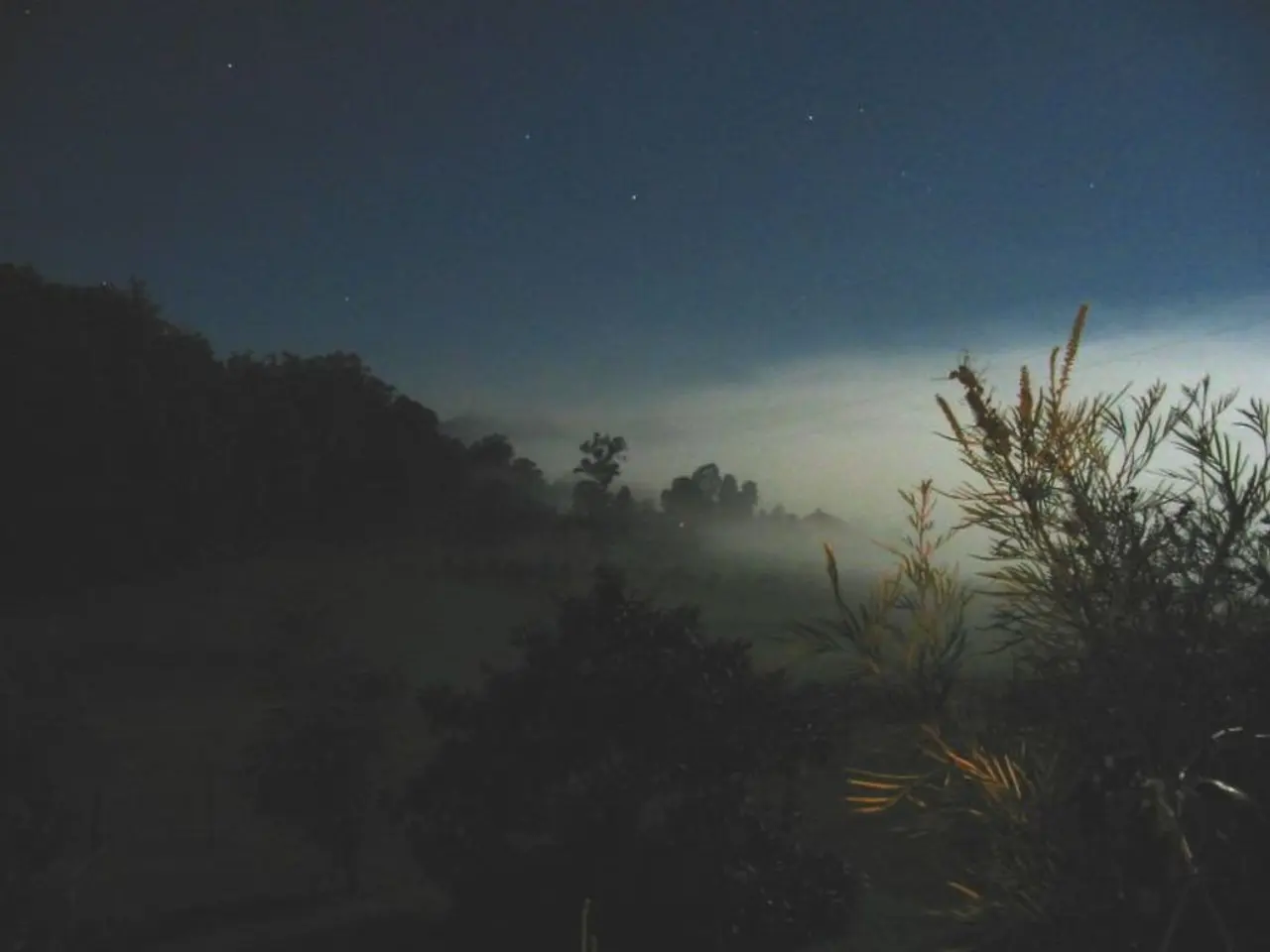What's the Required Megapixel Count for Astrophotography?
In the realm of astrophotography, the race for the highest megapixel count might not always be the key to capturing stunning celestial images. While it's true that most top-tier astrophotography cameras boast megapixel counts between 24MP and 26MP, the competition's top camera, the Canon EOS 6D, stands out with a 20.2MP sensor.
High megapixel counts can indeed offer improved detail in images, making them suitable for large-scale printing or display without loss of sharpness or detail. However, they can also lead to worse thermal performance, more noise, reduced low-light performance, increased file sizes, and higher costs.
When it comes to astrophotography, sensor size is more important than megapixel count. Full-frame sensors are the preferred choice for landscape astrophotography, providing better image quality and dynamic range. High-level astrophotographers have had great results with cameras like the Nikon D850 (45.7MP) and the Sony A7R III (42.4MP), but these are exceptions rather than the rule.
The median megapixel count in DSLR and mirrorless cameras used in the same competition is 24.3MP, with the average megapixel count from 2019 to 2021 being 28.6MP. People have taken award-winning astrophotography images with DSLR and mirrorless cameras with megapixel counts ranging from 12.2MP to 62MP.
For those looking to buy a new camera specifically for astrophotography, models in the 20MP to 30MP range are recommended. This range offers a balance between detail and low-light performance, making it ideal for capturing complex astrophotography scenes.
It's essential to remember that a very high megapixel count is not always better for astrophotography due to smaller pixels being less efficient at capturing light. Dedicated astronomy cameras, also called CCD or CMOS cameras, have different megapixel counts and are not included in the analysis of DSLR and mirrorless cameras for astrophotography.
An advantage of high megapixel counts is improved detail in images, allowing for large-scale printing or display without loss of sharpness or detail. However, this advantage must be weighed against the potential drawbacks of reduced low-light performance, increased noise, and higher costs.
In conclusion, while megapixel count plays a role in astrophotography, it's not the only factor. Other features like ISO range, sensor size, and lens quality are also crucial for capturing stunning celestial images. The Astronomy Photographer of the Year competition showcases this diversity, with a wide range of entries showcasing various technical specifications.
- In the domain of astrophotography, the Canon EOS 6D, with its 20.2MP sensor, is notable for standing out among top-tier cameras despite its comparatively lower megapixel count.
- For those pursuing astrophotography with cameras, it's recommended to consider models within the 20MP to 30MP range due to their balance between detail and low-light performance.
- While dedicate astronomy cameras, or CCD/CMOS cameras, might have different megapixel counts, they are not included in the analysis of DSLR and mirrorless cameras for astrophotography.
- The importance of megapixel count in astrophotography should be considered alongside other factors, such as ISO range, sensor size, and lens quality, for capturing outstanding celestial images.
- In the Astronomy Photographer of the Year competition, entries showcase a wide range of technical specifications, highlighting the diverse equipment employed by astrophotographers in achieving their stunning shots, emphasizing that a high megapixel count is not the only determinant of a great astrophotography image.




